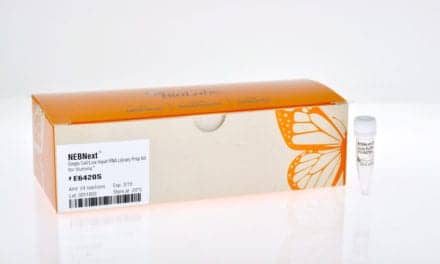Horiba UK Ltd, Northampton, UK, has announced that a case study undertaken and published by the Oxford Academic Health Science Network (AHSN) shows that the company’s Microsemi point-of-care (POC) analyzer for C-reactive protein (CRP) enables more rapid clinical decisionmaking in pediatric emergency departments, saving time and reducing costs.1
The multisite study was conducted in pediatric emergency departments at facilities in the UK, including John Radcliffe Hospital, Stoke Mandeville Hospital, and Wexham Park Hospital, with the aim of assessing whether POC testing in such units can improve quality of care.
The study found that using POC tests as a replacement for laboratory tests resulted in earlier decisionmaking in approximately 75% of cases across the three hospital sites. Economic analysis across the three sites revealed the potential for net annual cost savings due to reduced staff time and faster decisions about antibiotic use by physicians.
AHSN selected Horiba’s Microsemi CRP as the POC device for evaluation because it is an automated analyzer uniquely capable of simultaneously measuring CRP while providing a complete blood count (CBC). Both parameters are commonly used in pediatric emergency care to assist with clinical decisionmaking. CRP is used as a proxy indicator for the presence or absence of bacterial infection.
CRP tests are usually performed in the hospital laboratory. Once the sample is received in the lab, it can take up to 90 minutes to obtain results. However, the time from needle to result can be considerably longer. The AHSN study found that the mean delay between the POC test result and the laboratory result being available was 3 hours and 5 minutes.
According to the study, the Microsemi CRP device produces CBC and CRP test results within 4 minutes, permitting quicker decisions about subsequent care—including admission or discharge. In an analysis of one cohort of children discharged from Stoke Mandeville Hospital, for instance, the AHSN study found that an earlier decision could have been made in 87% of cases, saving an average of 109 minutes per case.
Prior to use in the study, the Microsemi CRP analyzer was validated by the hospital laboratories at all three study sites, which found its CRP and CBC results to be accurate when compared to laboratory values.
Overall, the AHSN study found that the POC test was useful in decisionmaking for children with abdominal pain, fever, limpness, or petechial rash, and could have enabled earlier decisionmaking in 75% of cases. It could also have shortened the time to decisionmaking about antibiotic use.
Reference
1. Hart J. Case study: can using point-of-care (POC) blood tests in emergency pediatric units improve quality of care? [online]. Oxford, UK: Oxford Academic Health Science Network, 2017. Available at: https://bit.ly/2HlpCRw. Accessed June 4, 2018.




